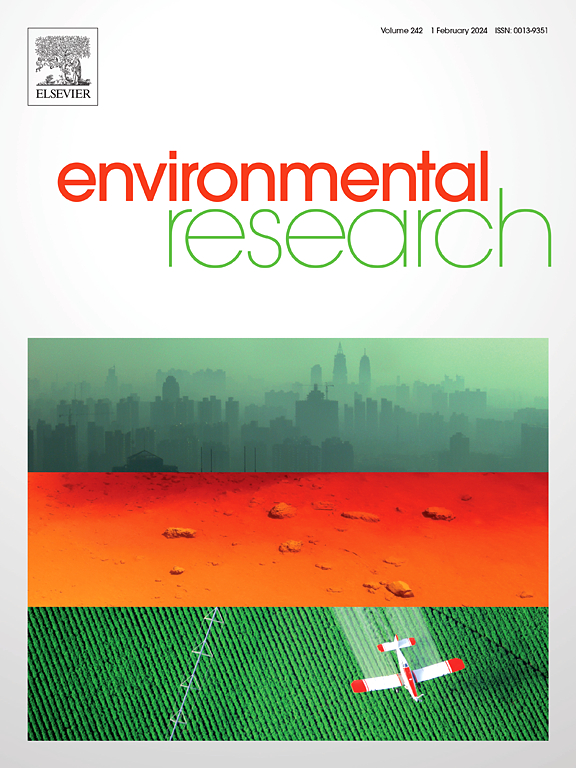调整孔隙结构和疏水性,揭示多环芳烃在碳材料上的吸附机理
IF 7.7
2区 环境科学与生态学
Q1 ENVIRONMENTAL SCIENCES
引用次数: 0
摘要
多环芳烃(PAHs)广泛分布于水、土壤和空气中,对人类健康构成重大风险。然而,对于多环芳烃的大分子尺寸是否会阻碍对其吸附动力学的理解,以及其吸附机制的普遍性仍不清楚。制备了具有不同孔隙结构和疏水性的低成本吸附剂,并对其吸附过程和可行的吸附位点进行了研究。结果表明,孔隙结构越发达,越有利于多环芳烃的扩散。对多环芳烃具有高亲和力的吸附剂由于π-π相互作用和对折叠形成的沟槽区进行筛分而获得了较好的吸附性能,NAP的平衡吸附容量分别为99.9和98.9 mg/g, PHE为9.42和9.53 mg/g, PYR为0.929和0.887 mg/g。同时,拟二级动力学模型和Freundlich等温线模型能较好地拟合实际吸附过程。此外,XlogP3或EHOMO是QSAR的良好描述符。有机污染物的氢键碱度和十六烷-空气分配系数在吸附阶段起主导作用。本研究为筛选吸附剂奠定了理论基础,为探索多环芳烃的吸附机理提供了新的支持。本文章由计算机程序翻译,如有差异,请以英文原文为准。

Tuning the pore structure and hydrophobicity to unravel the adsorption mechanism of polycyclic aromatic hydrocarbons onto carbon materials
Polycyclic aromatic hydrocarbons (PAHs) are widely distributed in water, soil, and air, posing significant risks to human health. Yet little is known about whether the large molecular size of PAHs could hinder the understanding of their adsorption dynamics and the universality of the adsorption mechanism remains unclear. Low-cost adsorbents with different pore structures and hydrophobic properties were prepared, and the adsorption process and feasible adsorption sites of PAHs were investigated. The results showed that the more developed pore structure promoted the diffusion of PAHs. Adsorbents with high affinity for PAHs obtained better performance due to the π-π interaction and the sieving of groove areas formed by folds, and the equilibrium adsorption capacity was 99.9 and 98.9 mg/g for NAP, 9.42 and 9.53 mg/g for PHE, 0.929 and 0.887 mg/g for PYR. Meanwhile, the pseudo second-order kinetic model and Freundlich isotherm model could fit the actual adsorption process. Moreover, XlogP3 or EHOMO emerged as good descriptors in QSAR. Hydrogen bond basicity and hexadecane-air partition coefficient of organic pollutants play a dominant role in the adsorption stage. This study lays a theoretical foundation for screening adsorbents and provides novel support to explore the adsorption mechanism of PAHs.
求助全文
通过发布文献求助,成功后即可免费获取论文全文。
去求助
来源期刊

Environmental Research
环境科学-公共卫生、环境卫生与职业卫生
CiteScore
12.60
自引率
8.40%
发文量
2480
审稿时长
4.7 months
期刊介绍:
The Environmental Research journal presents a broad range of interdisciplinary research, focused on addressing worldwide environmental concerns and featuring innovative findings. Our publication strives to explore relevant anthropogenic issues across various environmental sectors, showcasing practical applications in real-life settings.
 求助内容:
求助内容: 应助结果提醒方式:
应助结果提醒方式:


